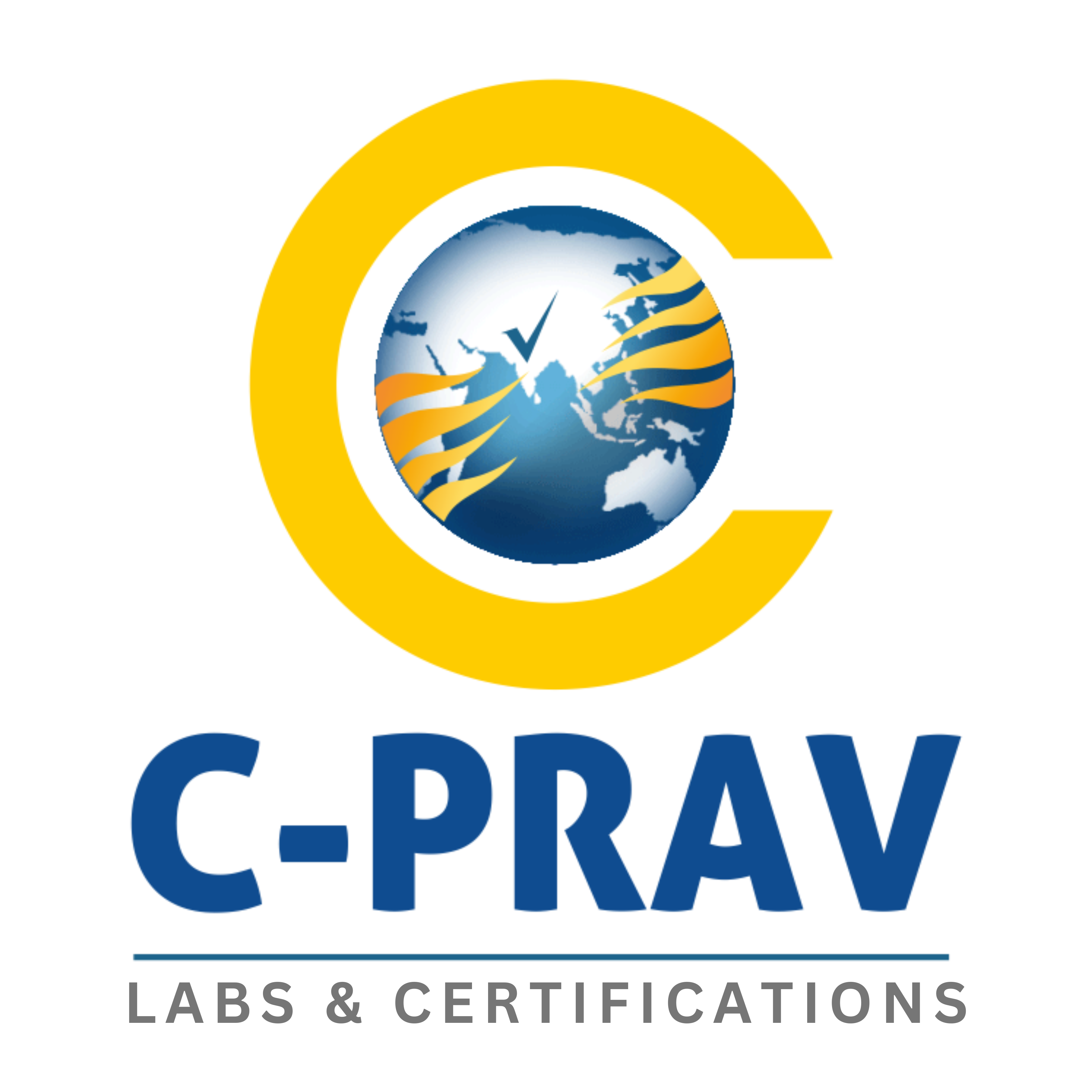A recent clarification has been sought by CPCB for custom authorities, consumers, importers and manufacturers on the exemption of E-waste EPR registration in EPR portal.
As per the CPCB’s notification, in certain following conditions, Importers NOT need to take E-waste EPR registration:
I)Importing of Electrical and Electronic Equipment (EEE) including their components, parts and spare NOT listed in schedule I of E-waste Management Rule 2022.
II)Importing of notified Electrical and Electronic Equipment (EEE) to be sold to already registered Producer in E-waste EPR portal.
III)For self-use (not for sale).
IV)Importing of equipment for manufacturing and not for sale.
Importers and bulk cosumers shall submit the following documents to custom authorities and email the same to CPCB at [email protected] .
- Agreement copy with registered Producer.
- EPR registration certificate retained by Producer.
- Declaration letter from Producer to Importer.
- Self declaration on importer letterhead for the import of items and to state the same is not for sale.


